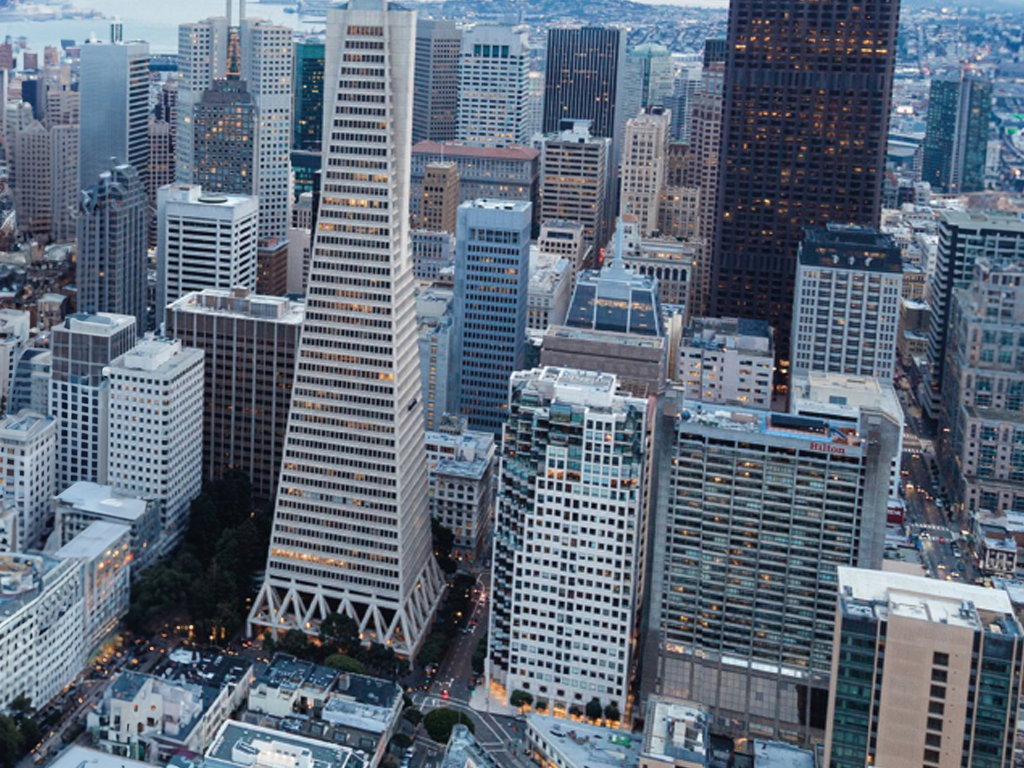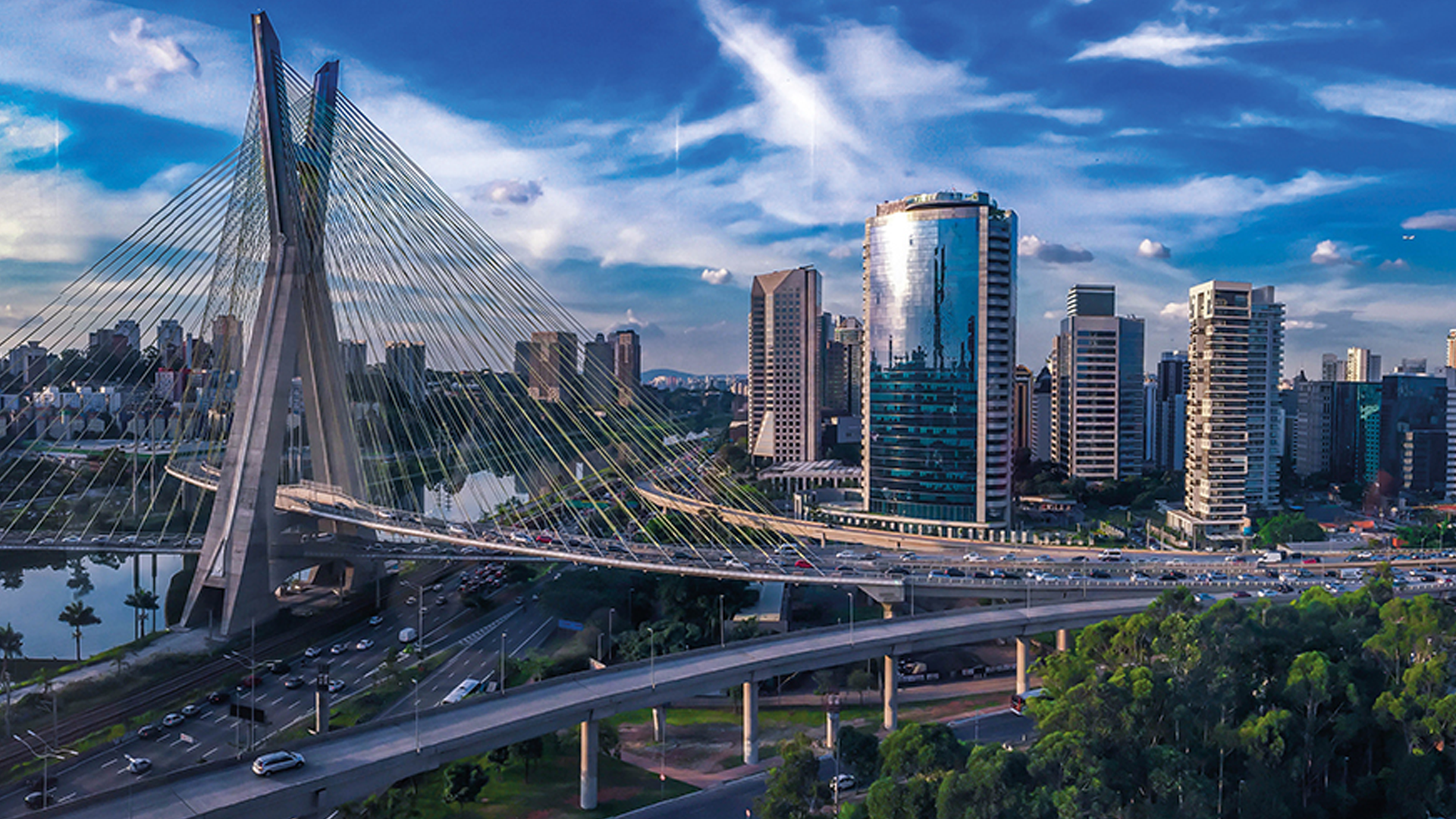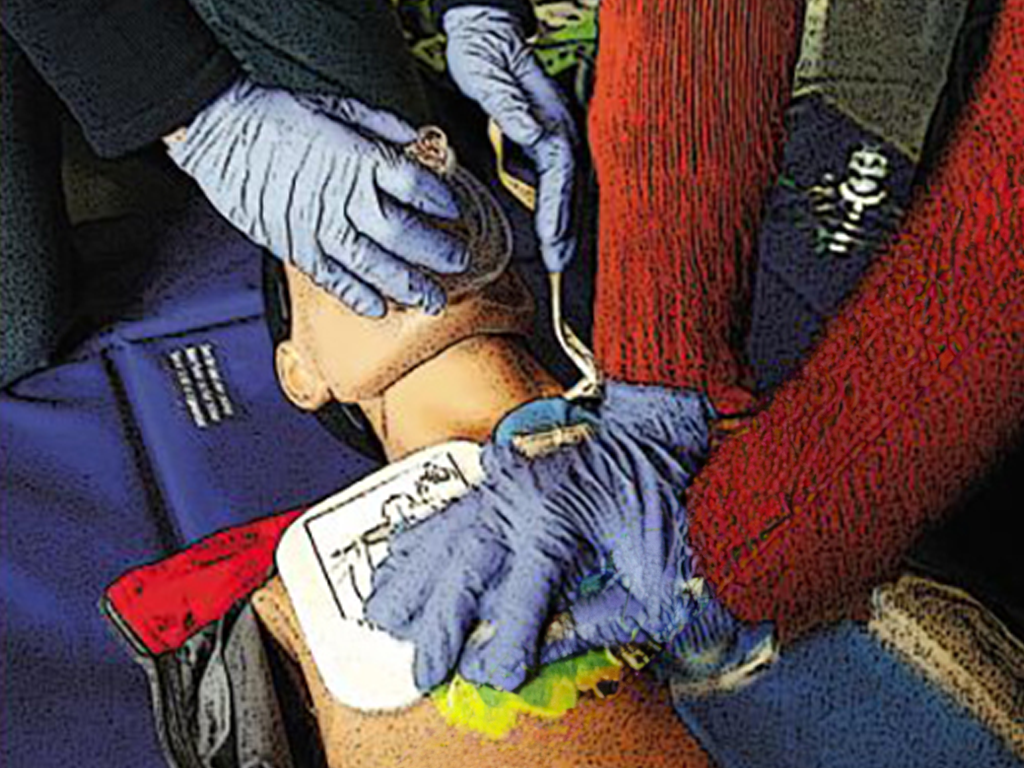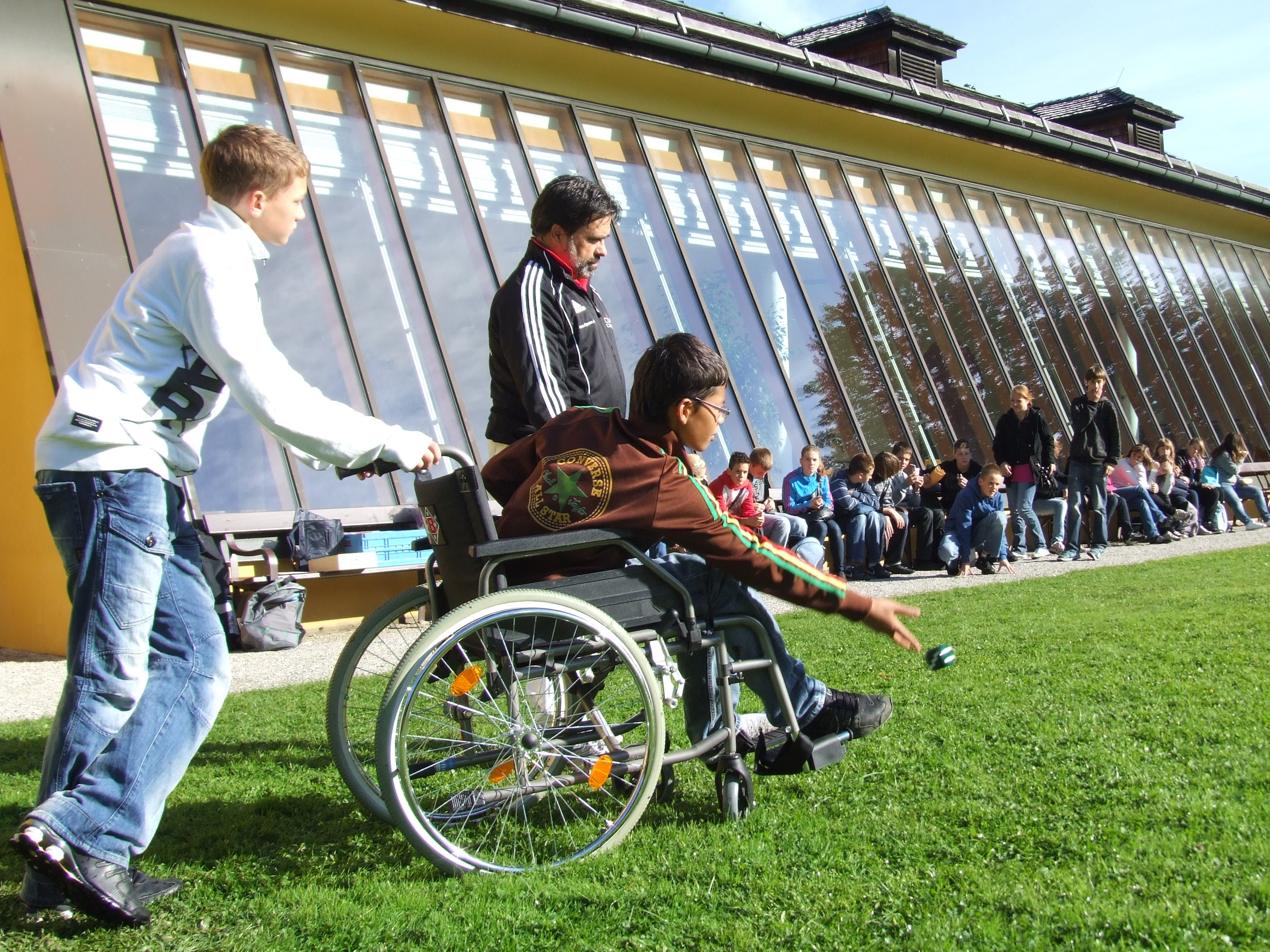 Geography
Geography

4677114 / 5564403
Urbanisation
The Emergence of Metropolises
Cities, that is, concentrations of culture areas, existed already in ancient times, but the spread of metropolises worldwide, the so-called metropolisation, has developed at an explosive rate mostly during the last 20 to 50 years not only because metropolises are the economic engines of a world that has become global but also because they are centres of art, education and culture. Fashionable metropolises are hip and trendy.
But metropolisation worldwide also means, apart from increasing pollution and lack of living space, an increase in social exclusion, urban pauperism as well as mushrooming slums and particularly high unemployment levels, above all in the developing countries.
At present about 280 million people live in the twenty biggest metropolises.
With rising tendency.

Curriculum-centred and oriented towards educational standards
Matching
Resuscitation
It can happen to anyone – of any age, in any place, at any time. Sudden cardiac arrest may quickly prove fatal. Immediate action is called for! Just remember: Check Call Press Anyone can do it. You can't do anything wrong!
Pupils Practise Inclusion
When people come together, no matter under what concomitant circumstances – ultimately, it is about how these people meet and how openly they interact with one another.









